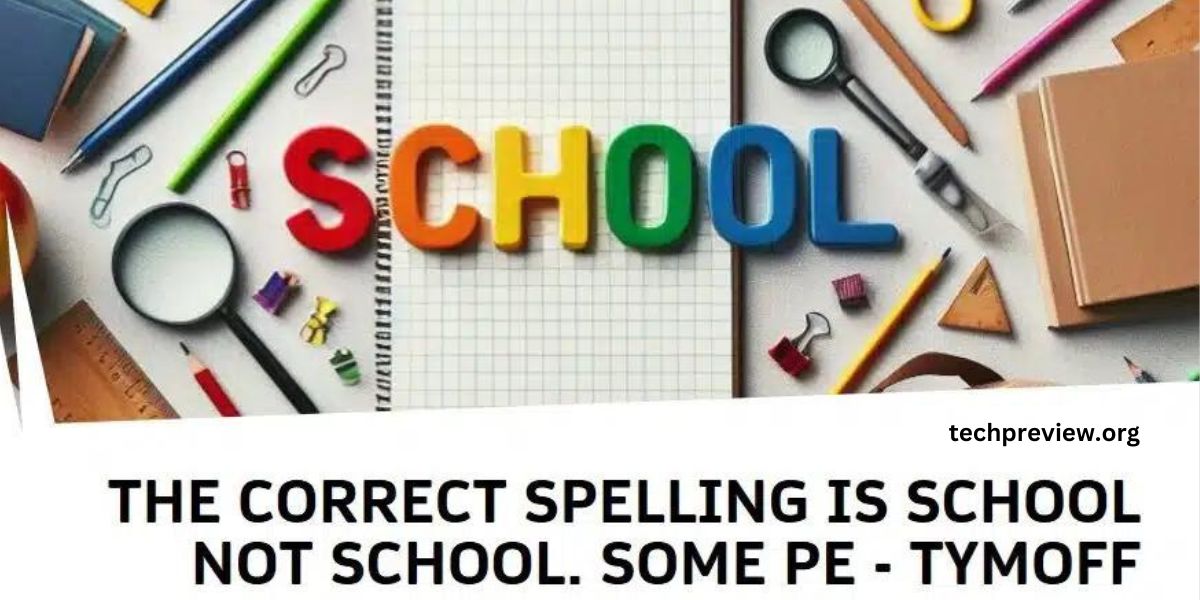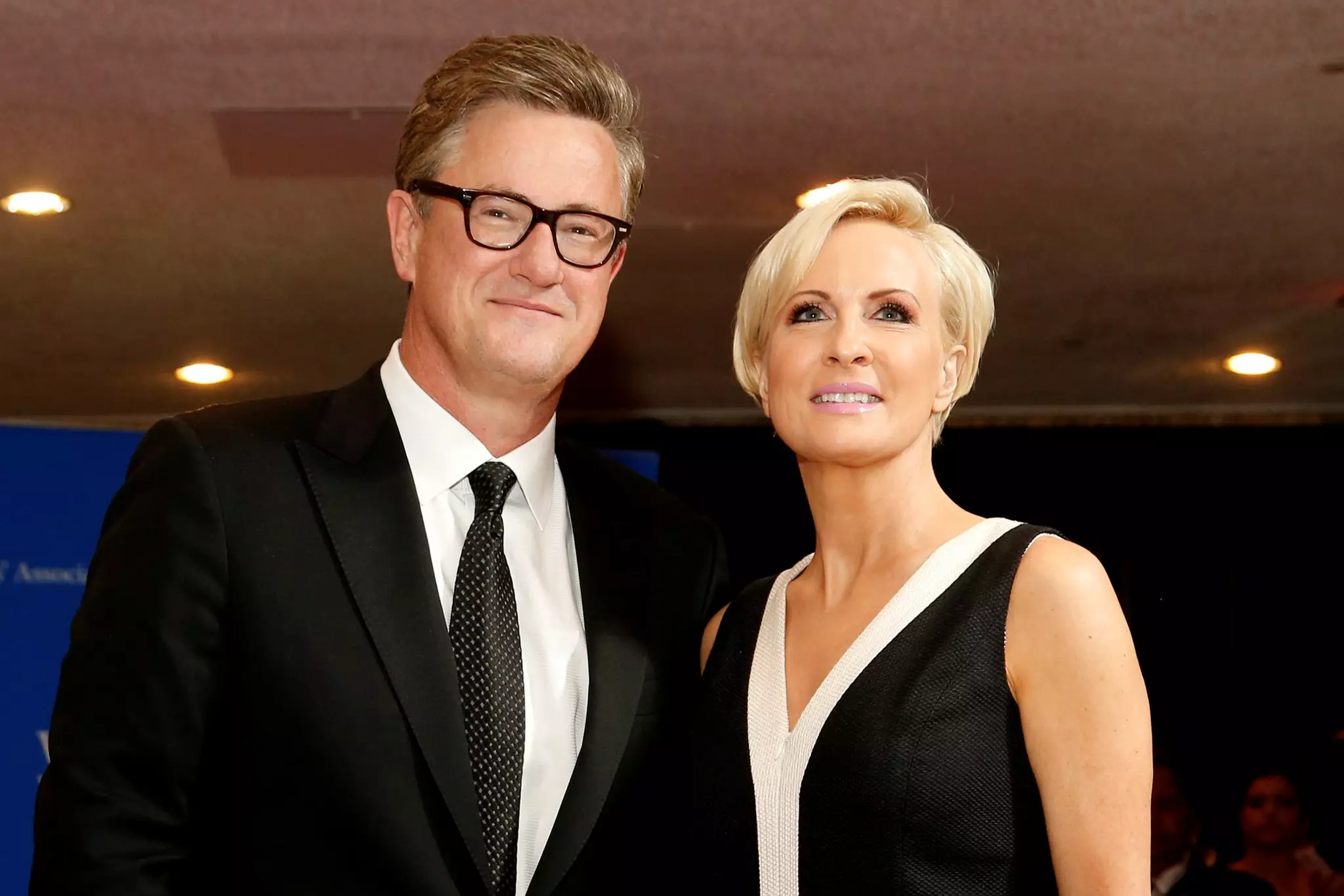The difference between “school” and “scool” can become blurred in the world of texting and online communication. Add to that the emergence of acronyms like “PE” and ambiguous terms like “Tymoff,” and it is no wonder people sometimes get confused.
Let us dive into the importance of education, the role of schools, and the importance of clear verbal exchange in different societal contexts.
The Value of Education
Education is a cornerstone of human progress and empowerment. It equips individuals with the tools to navigate life’s challenges, broaden their horizons, foster critical thinking, and cultivate problem-solving abilities.
Moreover, education encourages creativity, curiosity, and a commitment to lifelong learning. It promotes social solidarity, morality, and responsible citizenship.
Schools’ Role in Education
Formal education primarily takes place within the structured environment of schools. These institutions offer a controlled and conducive learning space, covering various curriculum to provide a well-rounded education.
Teachers play a pivotal role in guiding students through learning and grade development, ensuring the delivery of quality education.
Checkout More: The Correct Spelling Is School Not School Some Pe – Tymoff- When Doubled a Mild Reprimand: A Guide to Idioms and Their Significance
- It Is Not Wisdom but Authority That Shapes Our Laws: The Influence of Power in Legislation
- The Changing Landscape of School Nurse Jobs: Trends and Challenges
- Blooket Login: Unlock the Exciting World of Educational Games
- Blooket Join: How to Join a Blooket Game
- Book Summary: Verity by Colleen Hoover
- Matific Galaxy: A Math PlayGround
- Pondershort Com: Discover Captivating Micro Stories
Correct Spelling: “School”
Let us get to the heart of the matter: the accurate spelling of the educational institution is “school.” Precision in using this term is crucial for clear communication, especially in formal and academic contexts.
Typos, autocorrect errors, or the influence of casual internet language can lead to misunderstandings. Ensuring the perfect spelling of “school” is essential for effective written communication, contributing to the readability and accuracy of messages.
In academic and professional settings, adherence to proper spelling rules remains paramount. Linguistic accuracy ensures seamless communication, whether you are discussing educational policies, classroom activities, or student achievements.
PE: Physical Education
Now, let us talk about “PE.” It stands for “Physical Education,” a fundamental component of holistic learning. PE represents a structured program within educational institutions that emphasizes physical fitness, sports, and overall well-being.
Through PE, students engage in activities promoting their physical health. The curriculum often includes exercises, sports, and educational components to promote an active lifestyle.
PE is vital in developing motor skills, teamwork, and a lifelong commitment to physical fitness. So, the next time you hear “PE,” think of those gym classes, sports fields, and healthy habits.
The Correct Spelling Is School Not School Some Pe – Tymoff: Key School Goals
Let us delve into the key goals associated with schools, emphasizing their vital role in education:
- Academic Excellence: Schools strive to provide a high-quality education that fosters intellectual growth. This includes imparting knowledge, critical thinking skills, and a love for learning. Achieving academic excellence prepares students for future challenges.
- Holistic Development: Schools recognize that education extends beyond textbooks. They aim to nurture well-rounded individuals by promoting physical fitness, creativity, emotional intelligence, and social skills. Holistic development ensures students are prepared for life beyond the classroom.
- Character Building: Schools instill values, ethics, and good citizenship. They emphasize qualities like honesty, empathy, and responsibility. Character education helps shape students into responsible, compassionate members of society.
- Social Interaction: Schools provide a platform for students to interact with peers from diverse backgrounds. Socialization enhances communication skills, teamwork, and cultural understanding. Friendships formed in school often last a lifetime.
- Preparation for Higher Education and Careers: Schools equip students with the knowledge and skills needed for further studies or vocational pursuits. Whether it is college, trade school, or entrepreneurship, schools lay the foundation for future success.
- Safe and Inclusive Environment: Schools prioritize safety, creating a secure space where students can learn without fear. Inclusion ensures that every student feels welcome and valued regardless of background or ability.
- Creativity and Innovation: Schools encourage creativity through art, music, drama, and other extracurricular activities. Fostering innovation prepares students to adapt to a rapidly changing world.
- Health and Well-Being: Physical education (PE) programs promote fitness, healthy habits, and overall well-being. Schools emphasize nutrition, exercise, and mental health awareness.
- Critical Thinking and Problem-Solving: Schools challenge students to think critically, analyze information, and solve real-world problems. These skills are essential for personal and professional growth.
- Community Engagement: Schools connect with families, local communities, and organizations. Community involvement enriches the educational experience and strengthens bonds beyond the classroom.
Non-Standard Term: “Tymoff”
Lastly, let us address the curious term “Tymoff.” It is a non-standard expression with no universally accepted definition in formal language or education. Perhaps it is a blend of “time” and “off,” but its exact meaning remains elusive. Regardless, stick to set vocabulary when communicating professionally or academically.
People May Ask
What is the correct spelling of the word “school”?
The correct spelling of the word is “school.” It is simple, leaving no room for ambiguity. Any other variation, such as “scool,” is undeniably incorrect.
Why is precise spelling important?
In a world driven by communication, the correct spelling of words holds immense importance, especially in educational settings. Use “school” instead of common misspellings like “school,” “school,” or “school.” Ensure accurate communication by sticking to the correct spelling.
What does “PE” stand for?
“PE” stands for “Physical Education,” a fundamental aspect of holistic learning. It emphasizes body fitness, sports, and wholesome living. Through PE, students engage in activities promoting physical well-being and overall health.
What is the non-standard term “Tymoff”?
The term “Tymoff” is a non-standard expression with no universally accepted definition in formal language or education.









